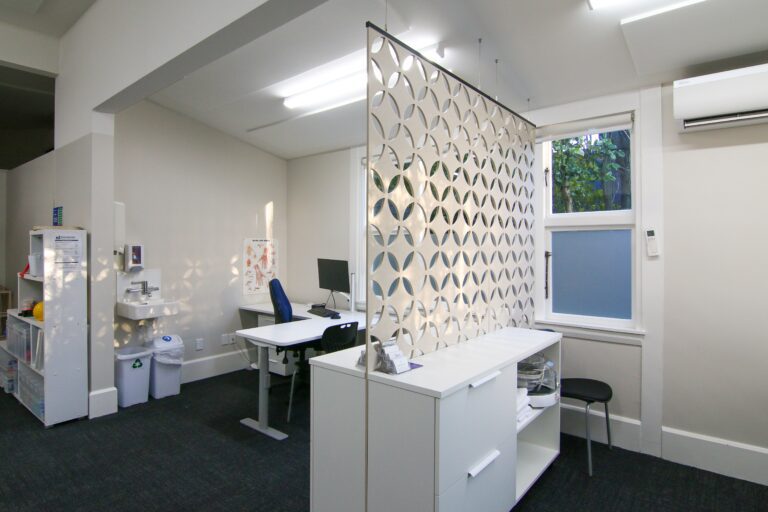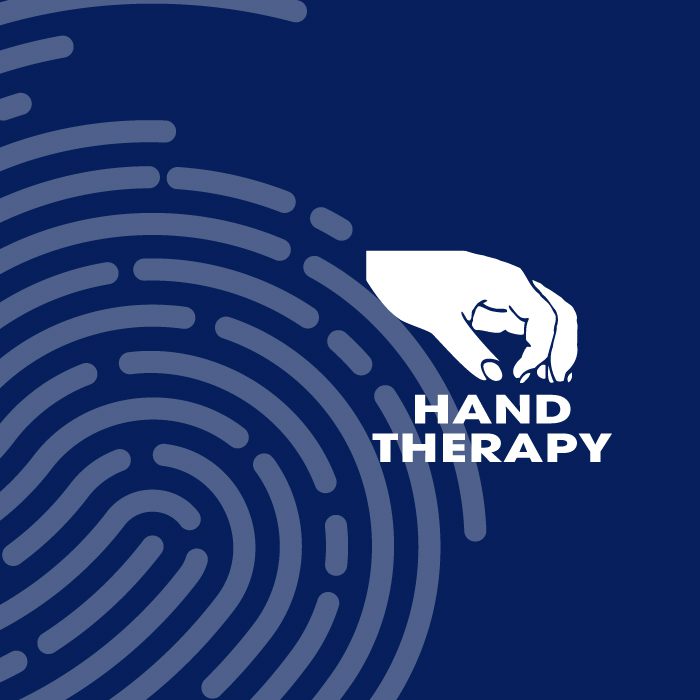What Is It?
Rotational deformity describes abnormal alignment of a finger. When a bone is broken in the hand, X-ray imaging helps to identify where the break is, and determine whether it is in correct alignment. If the bones are in correct alignment, the fingers of the hand will remain in good alignment too. If the bones have shifted position, this causes a shift in the finger’s alignment.
What is it caused by?
Trauma is the most common cause of broken fingers and hands and commonly occurs playing sports, through workplace injuries, punching something, or as the result of a fall. If there is a suspicion of a fracture this should be diagnosed with an X-ray.
How is it treated?
Most fractures in the hand can be treated conservatively with splinting. However, excessive scissoring or an altered angle of fingers can cause discomfort, weaken grip strength, and affect the way the hand looks. The treatment of finger fractures is guided by the degree of scissoring or rotational deformity in the digit. In the images below, the broken metacarpal bone has been surgically put back into position and held in the correct position with k-wires. These wires are then removed once the bone has started to knit together.
Hand therapy is an integral part of post-operative management to ensure that the hand regains good skin condition, and good movement and function. This is achieved through monitoring the skin condition and prescribing specific exercises.




